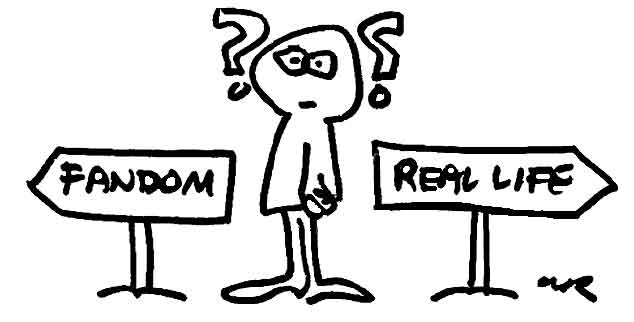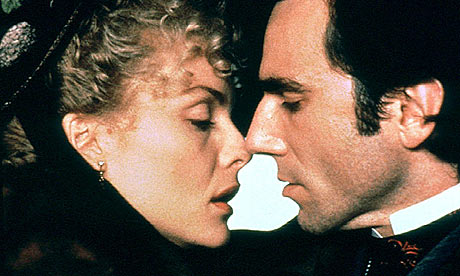The Lectorial regarding copyright on Monday prompted us to think about what rights we have regarding work we create, and how these copyrights may be affected by sharing work online. We not only have to take into consideration whether we have used any copyrighted work, but also which of our rights we are giving up by posting through different services. We were shown Twitter’s terms of service regarding copyright:

Twitter’s terms of service. Screenshot taken 7/5/16. Source
By posting on Twitter, you are granting them a worldwide, non-exclusive, royalty free license, which is perhaps a whole lot to be giving away for free.
This led me to consider Instagram, which is a popular app/website which is used frequently by photographers and artist to share their work. It has often been criticised for its policies. However, it’s terms of use are similar to those of Twitter: whilst you retain ownership of your work, you are granting them a non-exclusive, fully paid and royalty-free, transferable, sub-licensable, worldwide license. This means they can use your work wherever they want, anywhere in the world, for free.

Instagram’s terms of Service. Screenshot taken 7/5/16. Source
It’s important to remember that once you post something online, you have no control over what happens to it. An important of example of this is when last year, artist Richard Prince screenshotted people’s Instagram posts and hung them in a New York gallery, and sold them for a pretty 90k. He did not ask their permission, those affected did not find out photos of them were hanging in a gallery until their friends told them about it.
So be careful out there, kids.




